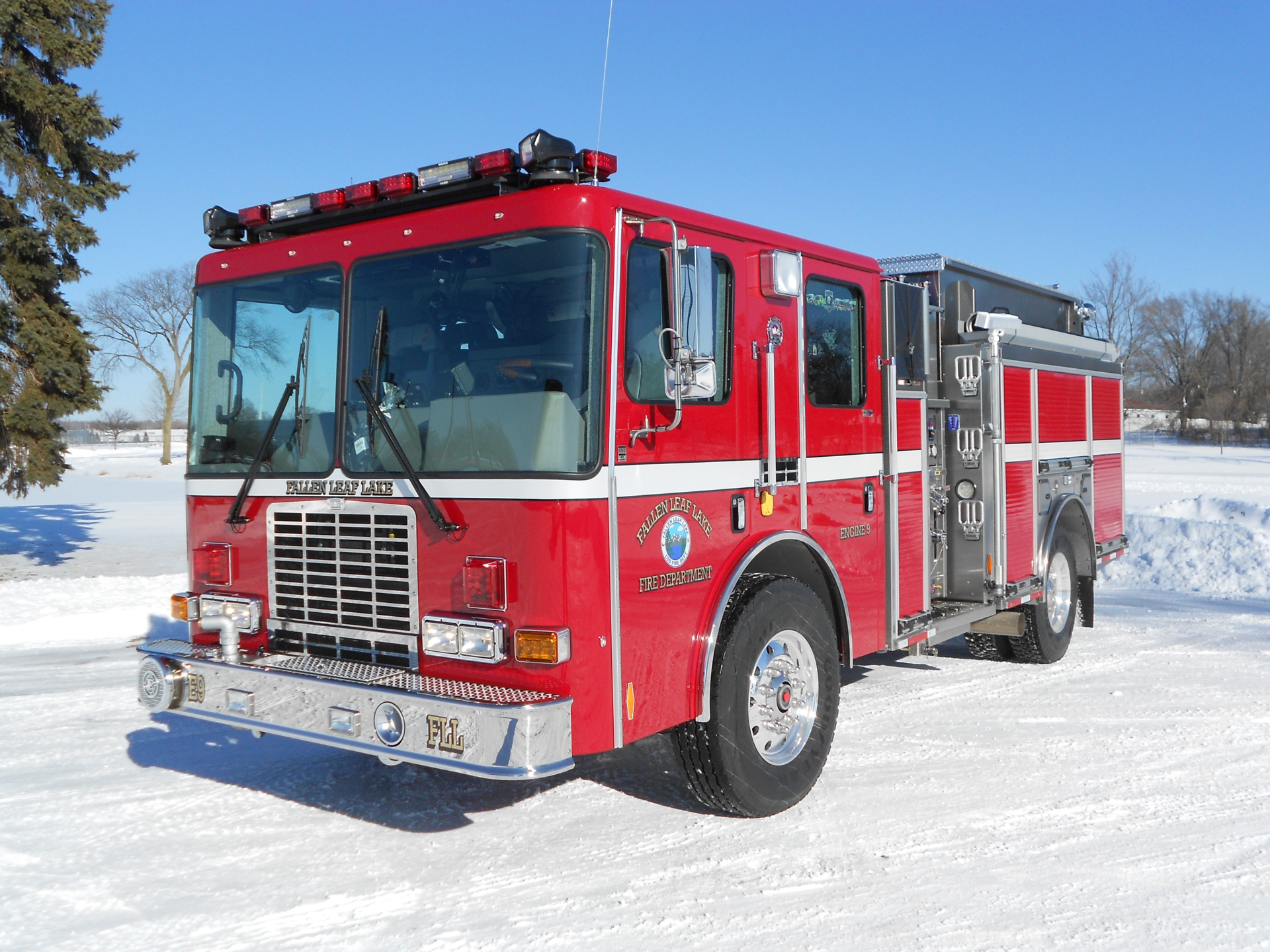


Sonar was able to confirm an ancient shoreline which also leads scientists to subscribe to this megadrought theory as they believe that the lake fell 130 to 200 feet during this drought. The drought at Fallen Leaf Lake is believed to have taken place between the 9 th and 12 th centuries and to have lasted up to 200 years. A megadrought is defined as a drought lasting at least two decades or longer. Researchers have long believed that the Sierra Nevada region has gone through megadroughts in the past.
FALLEN LEAF LAKE FIRE DEPARTMENT CRACKED
He was also able to rule out that an earthquake cracked the lake’s floor. Kent used side scan sonar technology to map the Fallen Leaf Lake underwater forest and also discovered that the lake had undergone significant changes in the past especially with the water levels. I was just waiting for Rudolph the Red-Nosed Reindeer to come flying in.” He would further describe the scene as follows: Kent went beneath the water in a two person submersible and became the first documented person to see what he called a “ ghost forest.” Kleppe’s efforts spawned even more scientific explorations to study these remarkable trees like the one in 2009 by Graham Kent the director of the Nevada Seismological Laboratory. Professor Kleppe sent down a camera on a ROV (Remotely Operated Underwater Vehicle) and began taking pictures of an incredible underwater forest. In the late 90s, an experienced scuba diver and a professor first “discovered” these underwater trees and began documenting their locations. There are two theories as to how these trees ended up standing perfectly upright underwater as if they magically grew from the lake’s bottom: a megadrought or a landslide. Screen capture of the video from Undersea Voyager Project How did an Underwater Forest Grow in Fallen Leaf Lake? The cold, potable water has become a perfect mechanism for preserving early 19 th century items and ancient trees found in the depths below. Instead, we have a picturesque alpine lake that’s 152 feet higher in elevation than Lake Tahoe, nearly three miles long, and nearly 415 feet deep at its deepest point. If the glaciers didn’t stop, they would’ve continued into Lake Tahoe and formed another bay just like Emerald Bay, which is roughly three miles northwest of Fallen Leaf Lake. A terminal moraine, which marks the end of the glaciers’ movements, is noticeable on the north end of the lake. Fallen Leaf Lakeįallen Leaf Lake was formed out of two glaciers that are believed to have traveled north and stopped roughly one mile south of Lake Tahoe. In addition to the intriguing examination of how the lake got its name, is an even greater mystery that sets this alpine body of water apart from any other lake in the state – the underwater forest of Fallen Leaf Lake. I’m sure for some of you, the thought of a forest at this particular location doesn’t sound all too interesting.īut, what if I told you that this forest is underwater? I bet that’s grabbed your attention. Booths and areas were also set up for kids to use fire hoses and douse flames or knock over cones.At 6,300 feet in elevation, and located at the base of Desolation Wilderness, sits a forest unlike any other. Saturday in the parking behind Hard Rock Lake Tahoe, highlighted all of Lake Tahoe’s safety agencies and kids and families were able to interact with first responders while also getting a close up look at the equipment they use.Įvents included a burn house sprinkler demonstration, escape from a burn house, firefighters using the jaws of life to extract an individual from a demolished vehicle and a large bounce house. Hundreds of kids explored helicopters, fire engines and ambulances and they also put out fires this weekend as the crowd-pleasing, family-friendly Fire Fest event returned after a two-year hiatus due to the pandemic and Caldor Fire.

Tahoe Douglas Fire PIO Eric Guevin explains what happens during a burn house sprinkler demonstration on Saturday with South Lake Tahoe Fire Rescue crew members ready to put out the blaze.


 0 kommentar(er)
0 kommentar(er)
